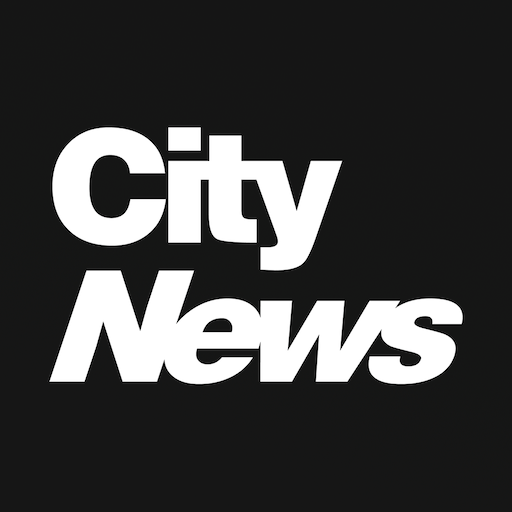Who is a candidate for breast reconstruction?
Most women who undergo surgery for the treatment of breast cancer are candidates for breast reconstruction. Traumatic injuries from accidents or burns may also result in a deformity to the breast that requires reconstruction
What results can I expect from a breast reconstruction?
Breast reconstruction is an option for many women, and the decision to undergo surgery should be made after careful consideration of the options, risks and expected outcomes. Regardless of the situation, the goals of breast reconstruction are to provide close symmetry for size and shape, restore a near normal appearing breast and to provide a breast that is soft and comfortable. Women who undergo breast reconstruction report an improvement in self esteem and self confidence, an improved quality of life and a restoration of their sense of femininity and body image.
What is involved in breast reconstruction surgery?
Immediate breast reconstruction is performed at the same time as breast removal (mastectomy). This approach allows the patient to have her breast cancer surgery and reconstruction done simultaneously, accelerating both the physical and emotional recovery. Immediate breast reconstruction is usually reserved for women who are unlikely to require further treatment after their mastectomy, such as chemotherapy or radiation therapy. For patients who are not candidates for immediate breast reconstruction or choose not to undergo reconstruction at the time of their mastectomy, breast reconstruction can be performed at any time in the future (delayed breast reconstruction). The best time to conduct the procedure will be discussed with you at your initial consultation. Most breast reconstruction involves a series of procedures occurring over time. The initial operation is usually the most complex, and involves the reconstruction of a new breast mound. Typically, a second operation is performed 3-6 months later, at which time final shaping of the breast mound is achieved, as is the reconstruction of the nipple and the areola. At the same time, patients often undergo surgery to enlarge, reduce or lift the natural breast to match the reconstructed breast.
Options for Breast Reconstruction
Skin Expansion
Following mastectomy, a balloon expander is inserted beneath the skin and chest muscle. This balloon expander is very much like a deflated breast implant. Following the surgery, the patient makes periodic visits to the office where a salt-water solution is injected through a tiny valve mechanism in the balloon, which is enlarged to gradually fill the expander over several weeks or months. After the skin over the breast area has stretched enough, the balloon expander is removed and a more permanent implant is inserted. In certain women undergoing immediate breast reconstruction, an implant may be used directly without the need for skin expansion. This decision will be based on the type of mastectomy that is required as well as the anticipated size of the final breast.
Flap Reconstruction
As an alternative to using an implant, the breast can be reconstructed using the patient’s own skin and fat taken from other parts of the body, such as the back or abdomen. The tissue usually remains attached to its original site, retaining its blood supply. The flap, which consists of the skin, fat and muscle, has its blood supply tunneled beneath the skin to the chest, creating the breast mound itself. In general, flap reconstruction is more complex than balloon expansion, but has the advantage of reconstructing the breast entirely with the patient’s own tissue. In some cases, there may also be the added benefit of an improved abdominal contour.
For the latest information on breast reconstruction options, please visit the Breast Reconstruction Awareness Day website at www.BRA-Day.com
















